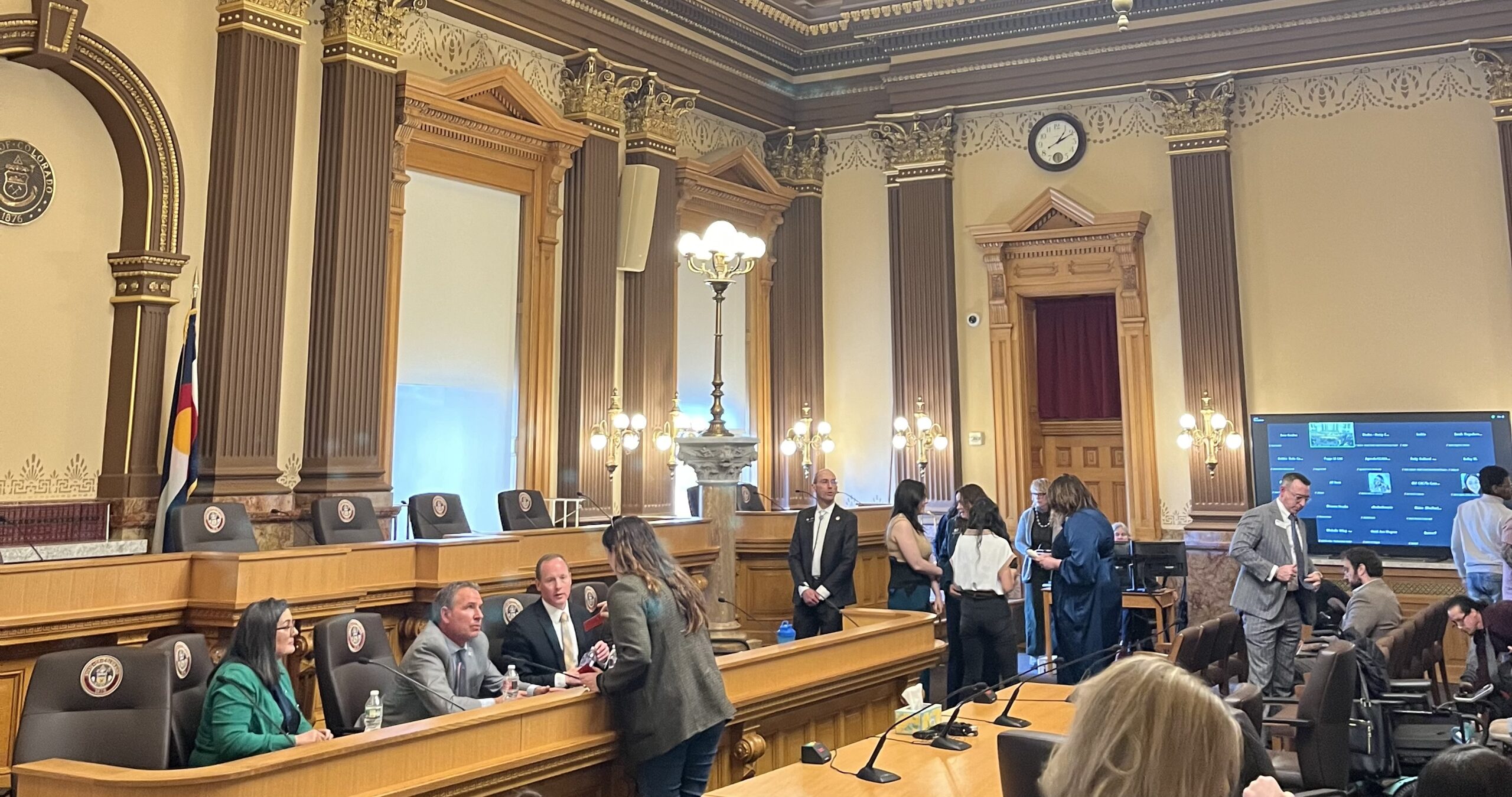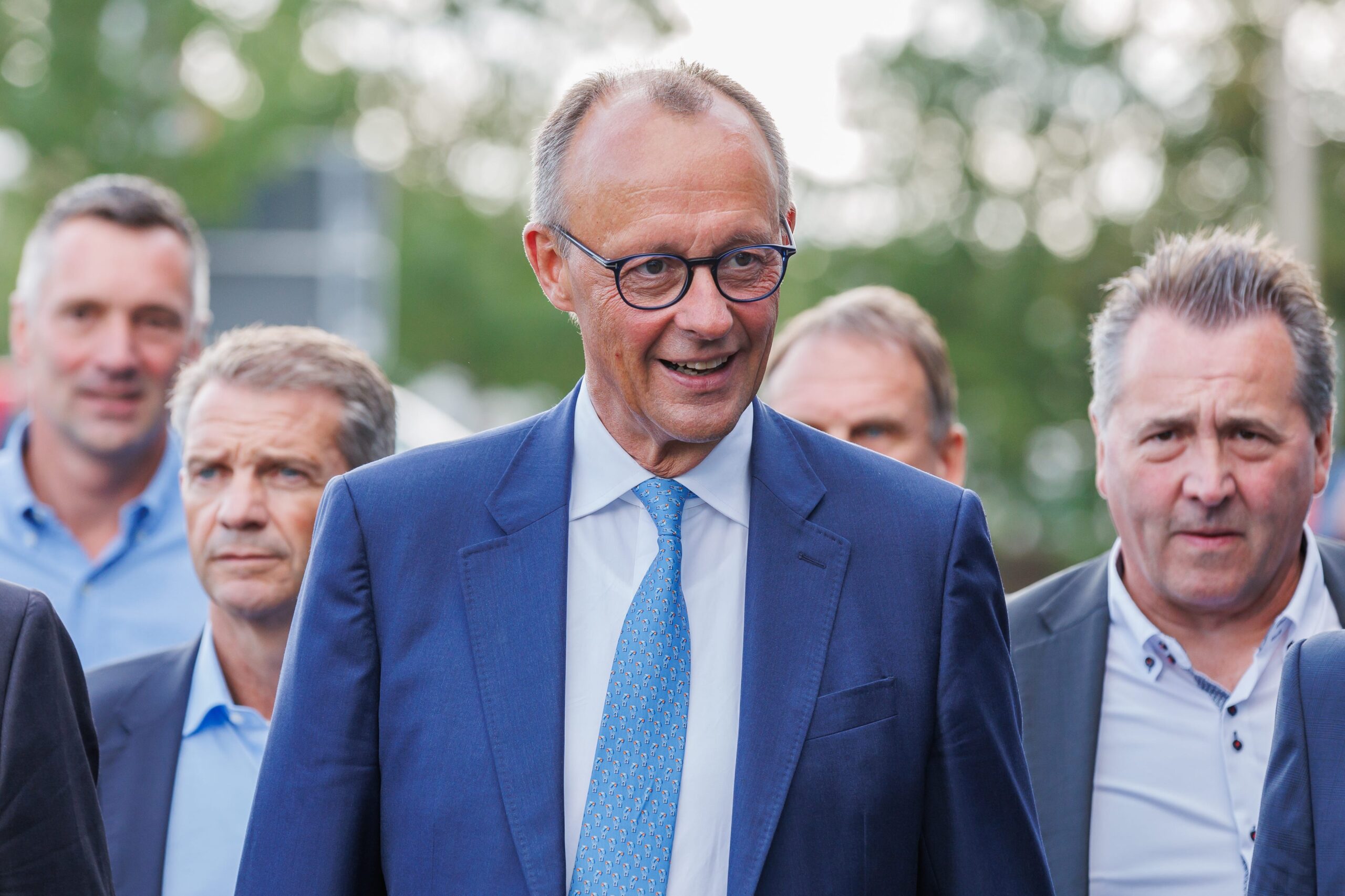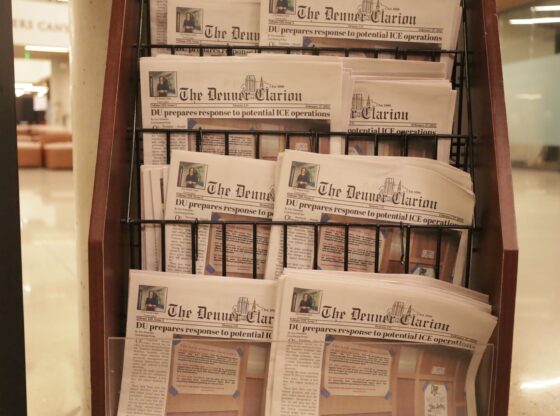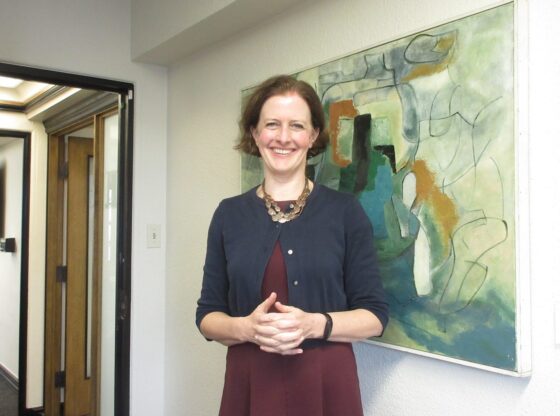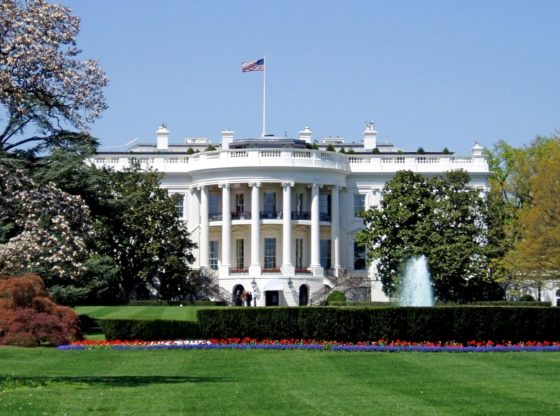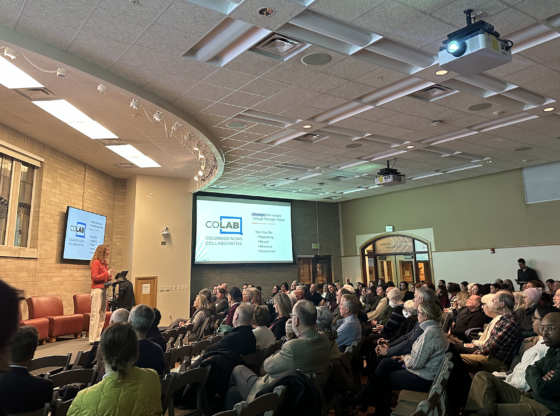A video of a Ukrainian soldier dancing on a green empty field to Michael Jackson’s “Smooth Criminal” has over 84 million views on TikTok. It was posted 12 days before Russia invaded Ukraine.
One swipe down: a video of the capital of Ukraine, Kyiv, moments after the beginning of the conflict. A series of short clips shows the city under a barrage of missiles. As they explode in muddy orange showers behind the silhouetted edifices of Kyiv’s skyline, they could resemble fireworks. “Beautiful destruction,” reads one of the comments.
Another swipe: a video registers the moment a sobbing Ukrainian father bids farewell to his daughter before she embarks on a journey to flee the war-torn country while he stays behind to fight.
These are just some of the most popular TikTok videos under #Ukraine, which has accumulated over 27 billion videos in less than three weeks since the beginning of the conflict. Most of these videos have a common goal—to raise awareness of the ongoing conflict and its developments. But, among them, a lot of misleading information can be found as well.
On Feb. 24, Russia launched a full-scale invasion of Ukraine—one of the largest mobilization of forces Europe has seen since 1945. Thousands of people have already died as a result of the conflict. It has also driven more than two million people to flee Ukraine in less than two weeks, resulting in the world’s fastest-growing refugee crisis since World War II, according to the United Nations.
However, the modern era has introduced novel variables. The conflict between Ukraine and Russia is being dubbed “the most Internet-accessible war in history.” A barrage of real-time videos on Facebook, Telegram, TikTok, and Twitter has blunted Kremlin propaganda and galvanized the globe behind Ukraine as it struggles to save its democracy. Unlike in the Syrian Civil War, where internet censorship took a more pivotal role, social media has been at the forefront of the conflict—to an even greater extent than the Arab Spring uprisings, which encompassed some of the earliest major conflicts of the internet age; the number of posts about Ukraine on social media is about five thousand times more than the daily average of Tweet posts during the Arab Spring, according to a study by a University of Washington professor.
Media has always been a powerful tool during wartime and uprisings, whether it served to manipulate armies or international perceptions, it has shaped wars and impacted the outcomes. Currently, it has allowed the Ukrainian government and officials to quickly put out information about what is happening on the ground, but it is also being used to confuse the population and endorse myth-making.
“There are a lot of live videos from ordinary people that could be very confusing, or sometimes they could just be advertently or inadvertently wrong,” explained Dr. Nadia Kaneva, a professor at the Media, Film, and Journalism Studies Department at the University of Denver. “It is a situation where having a lot of information being released very quickly, from various sources, makes it very challenging to be able to establish what information is accurate, and what information is not. [It is also challenging] to verify the sources of the information.”
Both sides struggle to control the media narrative, as it is undeniable that social media is constantly impacting how the war in Ukraine is seen by the global public and how governments react to it. The Kremlin went as far as criminalizing any public opposition to or independent news reporting about the war against Ukraine. The media have been told to report using only official government reports and to not use words such as “attack,” “invasion,” or “war” to describe the conflict.
“The global public opinion became very sympathetic [to the] Ukrainian people because, for the first time, they can see detailed photos and videos of what’s going on. The pictures [and] the videos are much more impactful than just hearing or reading about it,” said Dr. Ahmed Abd Rabou, a professor at the Josef Korbel School of International Studies at the University of Denver. “It also subjects world leaders to public pressure, because the public is watching and sympathizing with the cause,” he added.
Footage of the “Ghost of Kyiv”—one outstanding fighter pilot who is said to have single-handedly brought down six Russian planes—quickly spread through social media during the days following the invasion. Although images and recordings of the pilot have proliferated, they proved to be fake. However, there is little doubt that this is the type of tale that can motivate those on the battleground.
“With social media, it became easier to defeat your enemy psychologically before defeating them on the ground,” said Dr. Abd Rabou. “Because when you hear something, you may believe it, but when you see it, you believe it more. With social media, I can ‘photoshop’ images or use some sort of software [to alter images]. You can see something happening in front of your eyes. And that can scare us or inspire us.”
As the conflict evolves, creating myths and spreading them on social media also becomes a powerful tool. Last week, a Kremlin-backed media outlet posing as a left-wing news site racked up likes and shares on viral content aimed at undermining American support for Ukraine.
“We have all of these completely independent individual actors: soldiers, citizens, refugees, parents of soldiers, academics and random people who have a friend in Ukraine or Russia, all putting up stuff or amplifying various kinds of stories,” said Dr. Kaneva. “The average person wouldn’t be able to immediately identify whether they are verified sources or trustworthy sources,” she added.
Dr. Kaneva explained that what is happening in Ukraine right now is going to change the way wars are covered, making it a lot harder to control the flow of information.
“Social media brings the conflict immediately to us. When you see video footage of something like that, whether it’s accurate or inaccurate, you cannot help but react emotionally to it,” said Dr. Kaneva.
The internet is proving to be a new front in the Russo-Ukrainian conflict, bringing the war immediately to anyone who has access to social media and allowing people from all around the globe to pitch in.


